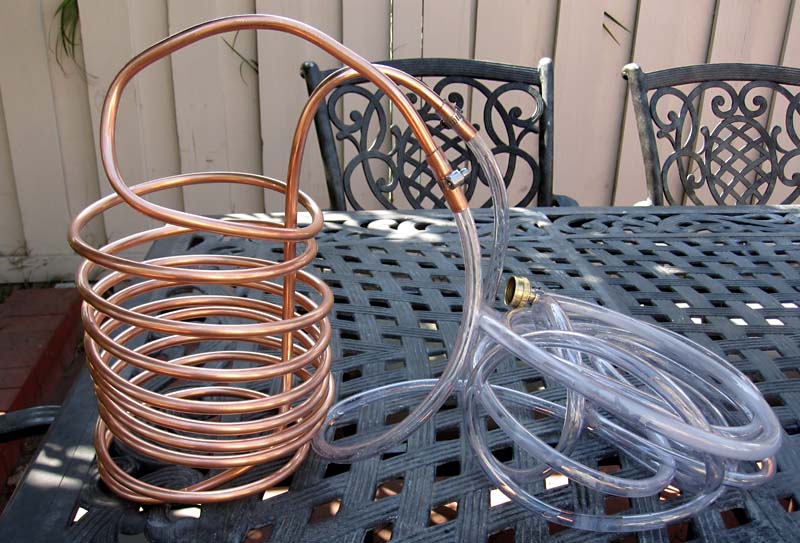So I'm probably about to order a wort chiller. I looked at Morebeer, because they have free shipping, and I have some Paypal money available.
They have a SS for 59.99 and a copper for 69.99
What are the real pros and cons between the 2?
I have a 10g aluminum pot that I will be doing 5g full boil extracts in, if that matters. And I'll be outside.
They have a SS for 59.99 and a copper for 69.99
What are the real pros and cons between the 2?
I have a 10g aluminum pot that I will be doing 5g full boil extracts in, if that matters. And I'll be outside.



























































